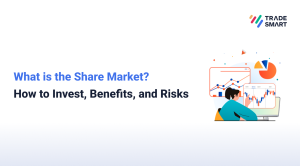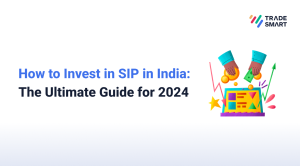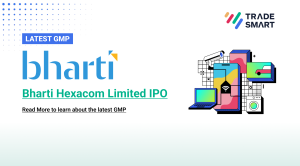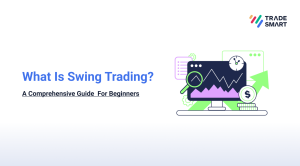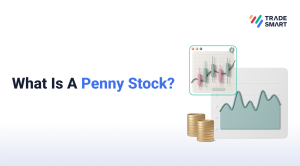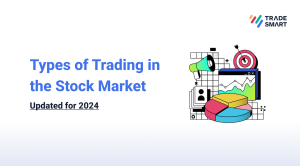Measuring the Market Heat against GDP
Is measuring stock market heat against GDP a good practice?
In case you feel that you have missed out on any bull runs, you are wrong! Investors still have ample room to penetrate the market; given India’s market cap-to-GDP ratio is at 0.83. Just a few weeks back, the Sensex breached 30,000 and the Nifty crossed over 9,000 before retracting to some extent. Hence, the million dollar question would be – Is the Indian market overheated? Not really, if you could look at the market cap-to-GDP ratio i.e. Warren Buffett’s all time preferred long-term valuation indicator.
India’s market cap-to-GDP ratio is at 0.83 at the moment. Although this has moved up from 0.65 last year, a ratio below 1 implies that there is no cause for alarm. Looking back at historical numbers, the last time this ratio crossed 1 was back in 2007-08 ahead of the global crisis. However, the present cap-to-GDP ratio of the market isn’t too far away from that threshold. So, should the investors really worry?
The practical view is that – In case the market-cap to GDP is under 1, the market is undervalued, however, at around 0.83, the market is in a zone of reasonable valuation and a further upside is quite a possibility. This means that there is still a lot of room for new or existing investors to make money – the macros are quite on the right side of the table. There was also a rate cut and with moderated inflation, the rupee has been quite stable. The Centre has also taken growth initiatives in the Budget, which would fructify over a period of time.
The increase in the ratio has happened due to the rally in the market cap. Usually, when the market heats up, the market cap-to-GDP ratio also moves higher and once we are into a bull market for two to three years, like in 2007-08, the ratio gets to 1.2 or 1.3 or even more. This time, the bull market began a year and half ago and it can quite comfortably go to 1.4 or 1.5 from here.
The ‘Rally’
Of the BRICs pack, China had witnessed the sharpest run in their stock markets over the past year. Their market cap has moved up 61% to $5.4 trillion during this period and the investors continue to bet on the country’s growth prospects. However, despite this rally, China is still cheaper than India reflected by their market’s cap-to-GDP ratio at 0.53. China’s GDP is over $9 trillion but the securities market is relatively smaller with mostly industrial companies and not too many MNCs. Given, that the industrial companies not doing well worldwide, China’s valuation is low.
On the contrary, India’s market cap has recorded a 36 per cent upward run to reach the current level of $1.68 trillion. Other BRIC nations didn’t fare well. Brazil’s market cap fell by 22 per cent to $0.68 trillion and Russia’s market cap plunged by 29 per cent to $0.4 trillion over the past one year predominantly due to the decrease in the prices of commodity-based securities. It probably explains why the ratio is below 0.5 for both these countries.
Expensiveness
On the market cap-to-GDP parameter, there are several global markets that are way more expensive than India. Thailand being one from the emerging markets segment has a market cap-to-GDP ratio of 1.18, while that of the Philippines is at 0.97. From the developed markets segment, the US is currently at 1.42 i.e. up from 1.33 last year, while Japan’s market cap-to-GDP ratio is at about 1.01. Singapore, too, boasts of a ratio well above 1.
Open Lowest Brokerage
Trading Account Now
[email-subscribers namefield=”NO” desc heat against GDP=”Subscribe now to get latest updates!” group=”Public”]


